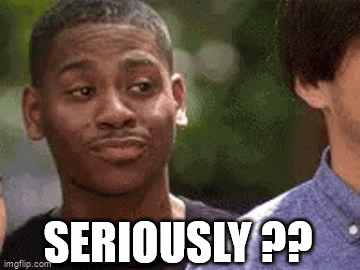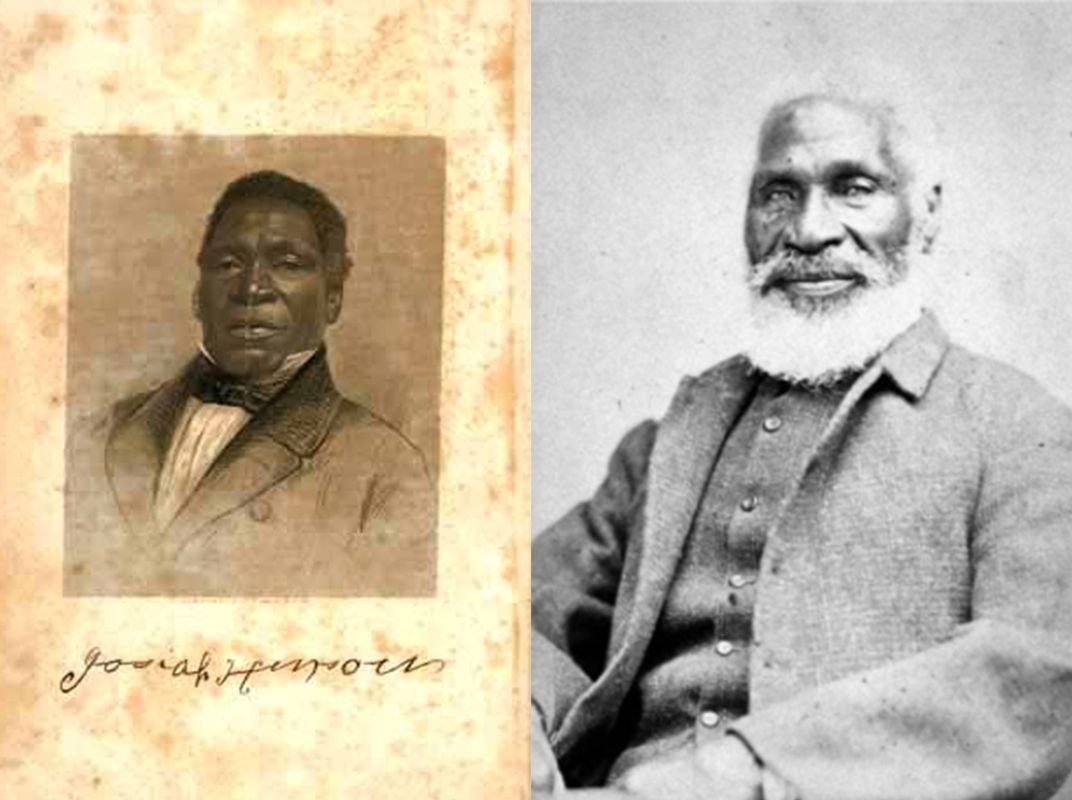He’s a conservative so he’s obviously an enemy of his people.
That said, these idiots don’t even know who Uncle Tom was. He was a hero.
That is what I don't understand.
Next to Tomas Paine's,
Common Sense, being the book that motivated the masses to want to fight the revolutionary war?

Had it not been for Harriet Tubman's portrayal of the real life man, and hero to Black Americans, Josiah Henson, there might not have been a civil war, and a liberation when there was.
I am always, astounded by the ignorance of the left when I see them write or hear them use that term. Do they not know, w/o that book, the slave may not have been freed when they were?
It is fine to tear down statues and rail against the flag for them, but then they mock a sacred part of our history, which folks like the KKK made into a derogatory term for a reason? Makes no damn sense AT ALL. They claim the DNC is no longer racist, but then continue to be? Huh? That is probably more important than Juneteenth, but they have no clue. Sacrilege.
The ignorance, is astounding. I have seen others on here call him an uncle tom though, this is not the first time. . .
"No, it is because of the way he was treated with contempt during his entire academic career by others in the establishment.
They always treated him in a disdainful way, as though he never earned his position in society on his own merits.
. . . and you? Have just re-emphasized and confirmed that impression. YOU, are as, or more a racist, than nearly anyone in this thread, save for the exception of maybe . . . well, I won't name names . . .
Do you really think using the stereo type, "Uncle Clarence," is acceptable, or even legitimate?
What do you even know of the story Uncle Tom? eh?
You disgust me.
Before there was the novel by Harriet Beecher Stowe, a formerly enslaved African-American living in Canada wrote a memoir detailing his experience

www.smithsonianmag.com
". . . Once in a new land, Henson helped start in 1841 a freeman settlement called the British American Institute, in an area called Dawn, which became known as one of the final stops on the Underground Railroad. Henson repeatedly returned to the U.S. to guide 118 other slaves to freedom. It was a massively dangerous undertaking, but Henson saw a greater purpose than simply living out his life in Ontario, Canada. In addition to his service to the school, Henson ran a farm, started a gristmill, bred horses, and built a sawmill for high-quality black lumber— so good, in fact, that it won him a medal at the first World's Fair in London ten years later.
Before the Civil War, Henson frequently traveled unhindered between Ontario and Boston, where he often preached. During one such trip, Henson befriended the abolitionist Samuel Atkins Eliot, a former mayor of Boston and state legislator; Eliot would later serve in the U.S. House of Representatives.
Impressed with Henson, Eliot offered to pen the story of his life as a memoir. That book, titled The Life of Josiah Henson, Formerly a Slave, Now an Inhabitant of Canada, as Narrated by Himself, was published in early 1849. . . . "
<snip>
". . . In March 1851, Stowe wrote to Gamaliel Bailey, editor and publisher of The National Era, a Washington antislavery paper, and offered him the story she had been working on, which she thought would run for three or four installments. The plot, at its most basic, details the journeys of two enslaved laborers on the precipice of being sold off by their owner, a Kentucky farmer in arrears. One, named Harry, flees with his mother, Eliza, to the North, eventually ending up in Canada, while the other, Uncle Tom, is transported down the Mississippi River, where he is eventually sold to a vicious Louisiana plantation owner. Tom’s faith nearly falters, but a pair of visions places him back on firm ground. After encouraging two women to escape north, Tom is beaten to death when he refuses to reveal where they’ve gone; an attempt by Tom’s original owner to purchase Tom back arrives too late. Upon returning to Kentucky, the farmer’s son sets all of his late father’s enslaved free, encouraging them to remember Tom’s sacrifice whenever they see his cabin. . . . "
Did Uncle Tom's Cabin Help to Start the Civil War?
The novel Uncle Tom's Cabin indirectly helped start the Civil War by playing a major role in influencing public opinion about slavery in the 1850s.

www.thoughtco.com
". . . One of the most prominent abolition activists, William Lloyd Garrison, had publicly burned a copy of the U.S. Constitution. Garrison believed that the Constitution itself was tainted as it allowed for the institution of slavery to survive in the new United States.
To committed abolitionists, strident acts by people like Garrison made sense. But to the general public, such demonstrations were seen as dangerous acts by fringe players. The vast majority of Americans were not going to be recruited into the ranks of the abolitionists by extreme demonstrations.
Harriet Beecher Stowe, who was involved in the abolitionist movement, began to see that a dramatic portrayal of how the enslavement of human beings corrupted society could deliver a moral message without alienating potential allies.
And by crafting a work of fiction that general readers could relate to, and populating it with characters both sympathetic and villainous, Harriet Beecher Stowe was able to deliver an extremely powerful message. Better yet, by creating a story containing suspense and drama, Stowe was able to keep readers engaged.
Her characters, white and Black, in the North and in the South, all grapple with the institution of slavery. There are portrayals of how enslaved people are treated by their enslavers, some of whom are kind and some of whom are sadistic.
And the plot of Stowe’s novel portrays how slavery operated as a business. The buying and selling of humans provide major turns in the plot, and there is a particular focus on how the traffic of enslaved persons separated families.
The action in the book begins with a plantation owner mired in debt making arrangements to sell enslaved people. As the story unfolds, some freedom seekers risk their lives trying to get to Canada. And Uncle Tom, a noble character in the novel, is sold repeatedly, eventually falling into the hands of Simon Legree, a notorious alcoholic and sadist.
While the plot of the book kept readers in the 1850s turning pages, Stowe was delivering some very forthright political ideas. For instance, Stowe was appalled by the Fugitive Slave Act which had been passed as part of the Compromise of 1850. And in the novel, it is made clear that all Americans, not just those in the South, are thereby responsible for the evil of slavery.
<snip>
Enormous Controversy
Uncle Tom’s Cabin was first published in installments in a magazine. When it appeared as a book in 1852, it sold 300,000 copies in the first year of publication. It continued to sell throughout the 1850s, and its fame extended to other countries. Editions in Britain and in Europe spread the story.
In America in the 1850s, it was common for a family to gather at night in the parlor and read Uncle Tom’s Cabin aloud. For many people, the reading of the novel became a communal act, and the twists and turns and emotional impacts of the story would have led to discussions within families.
Yet in some quarters the book was considered highly controversial.
In the South, as might be expected, it was bitterly denounced, and in some states it was actually illegal to possess a copy of the book. In Southern newspapers, Harriet Beecher Stowe was regularly portrayed as a liar and a villain, and feelings about her book no doubt helped to harden feelings against the North. . . . "
"




:max_bytes(150000):strip_icc()/Harriet-Beecher-Stowe-engr-2230-3x2gty-597f91e1845b3400115d9b88.jpg)